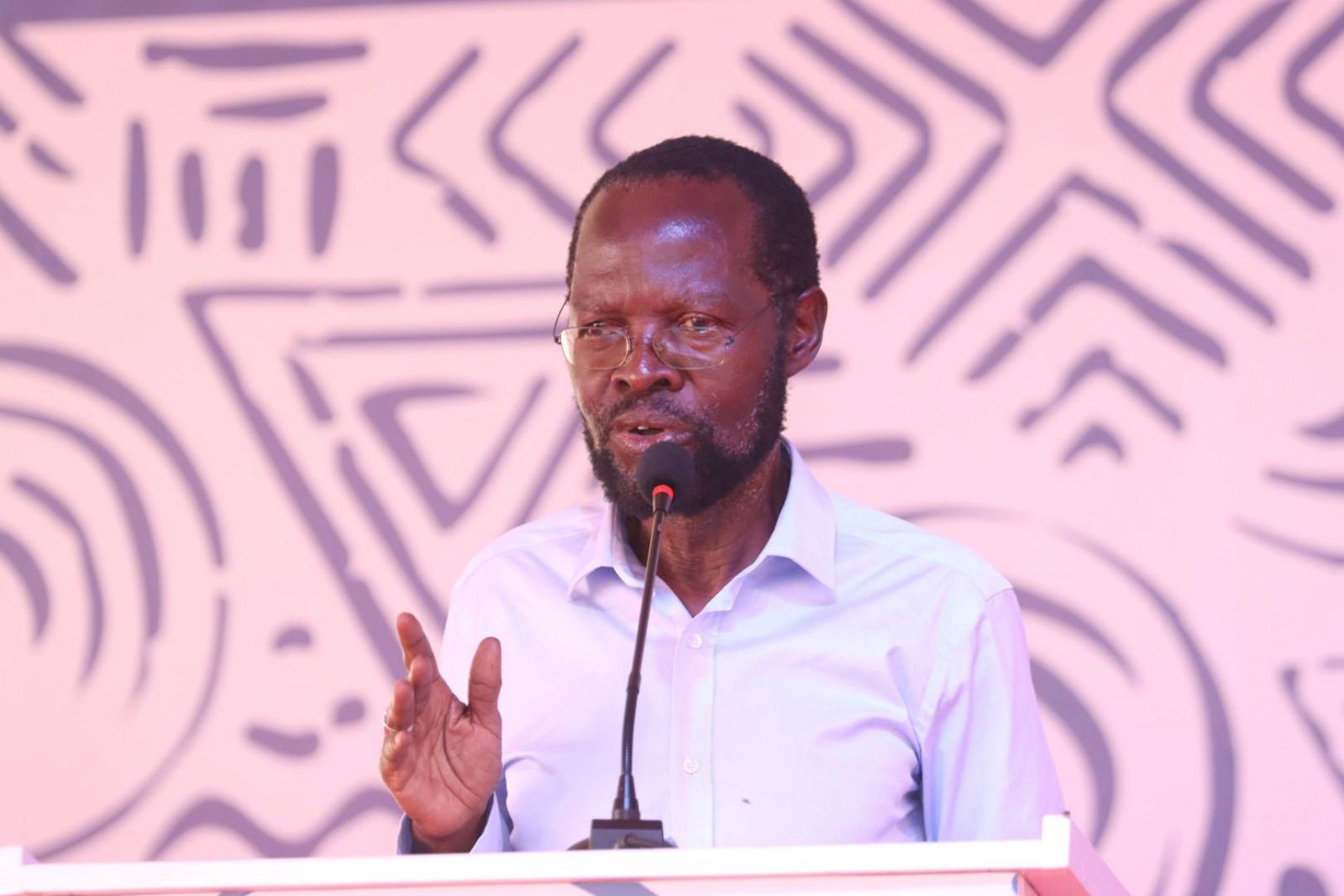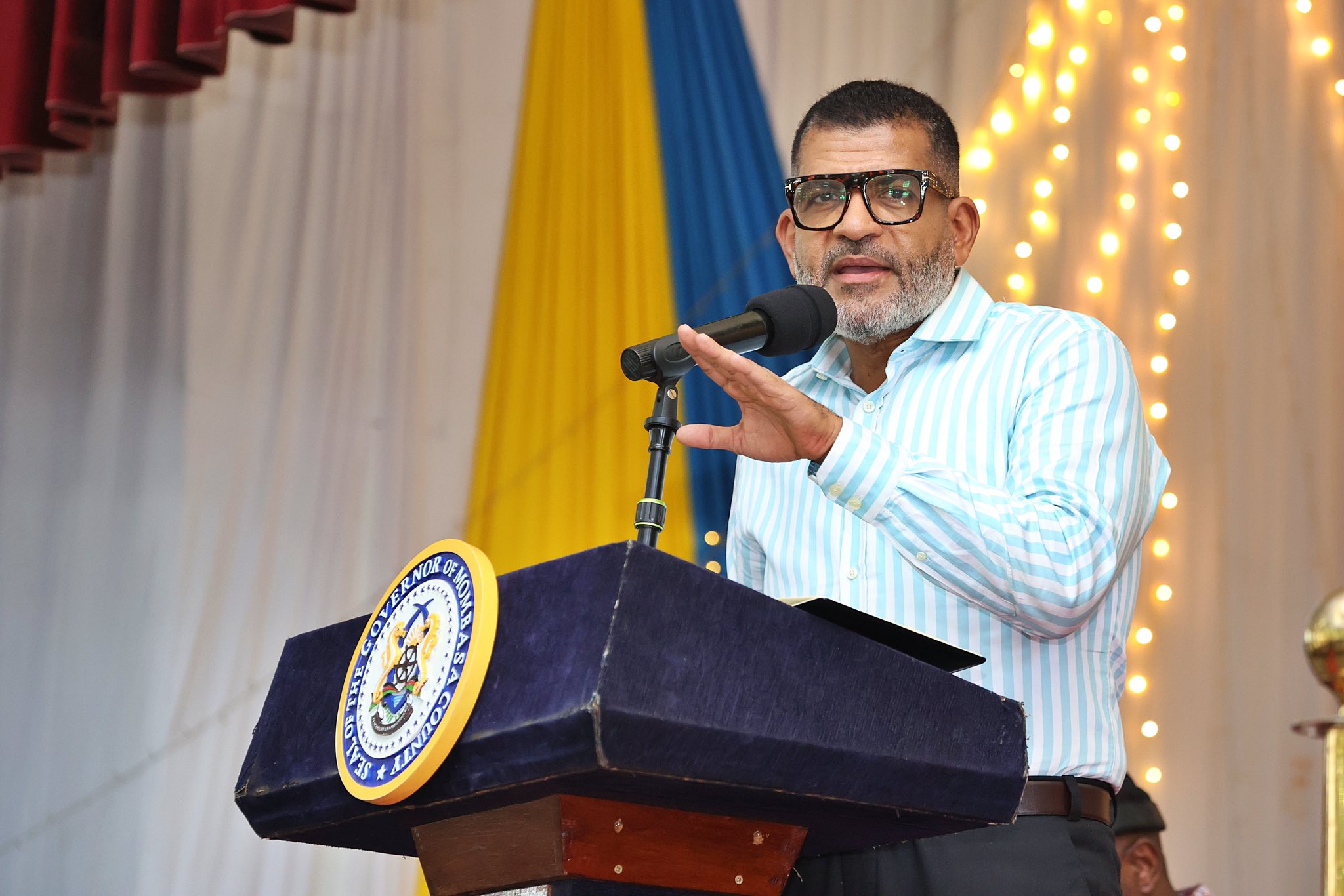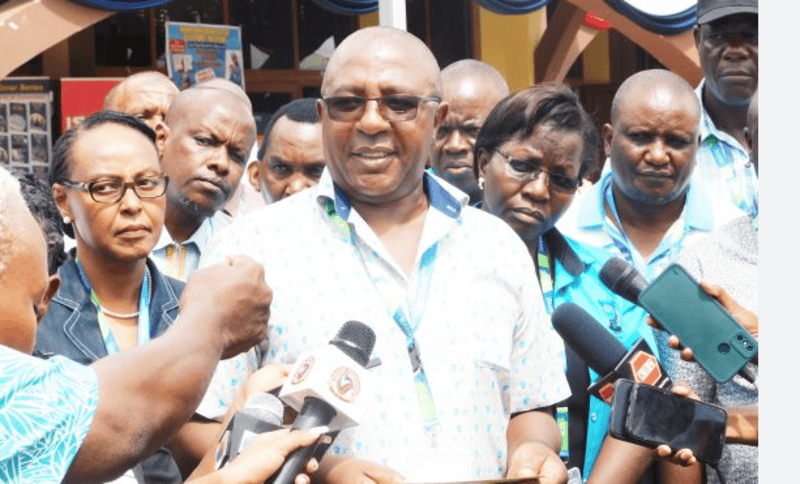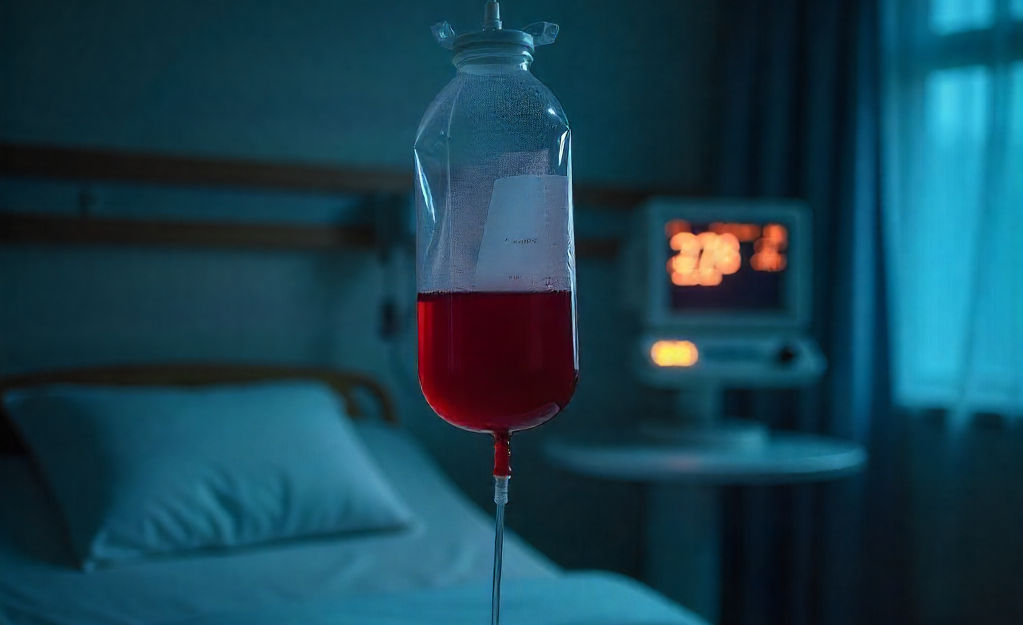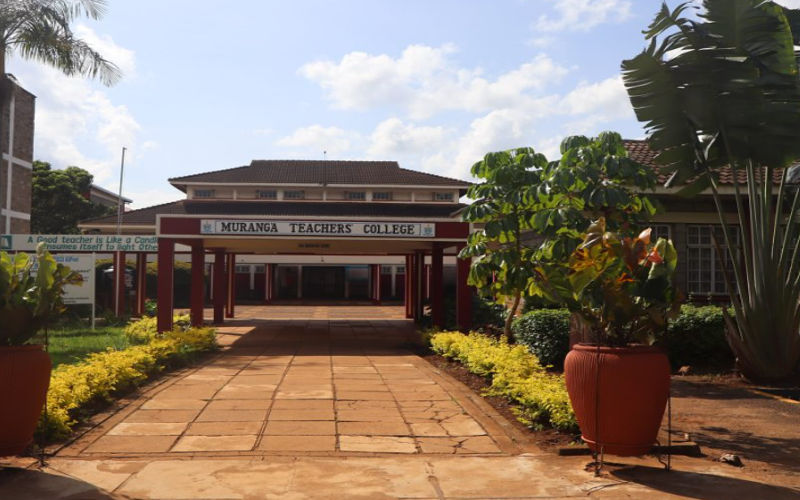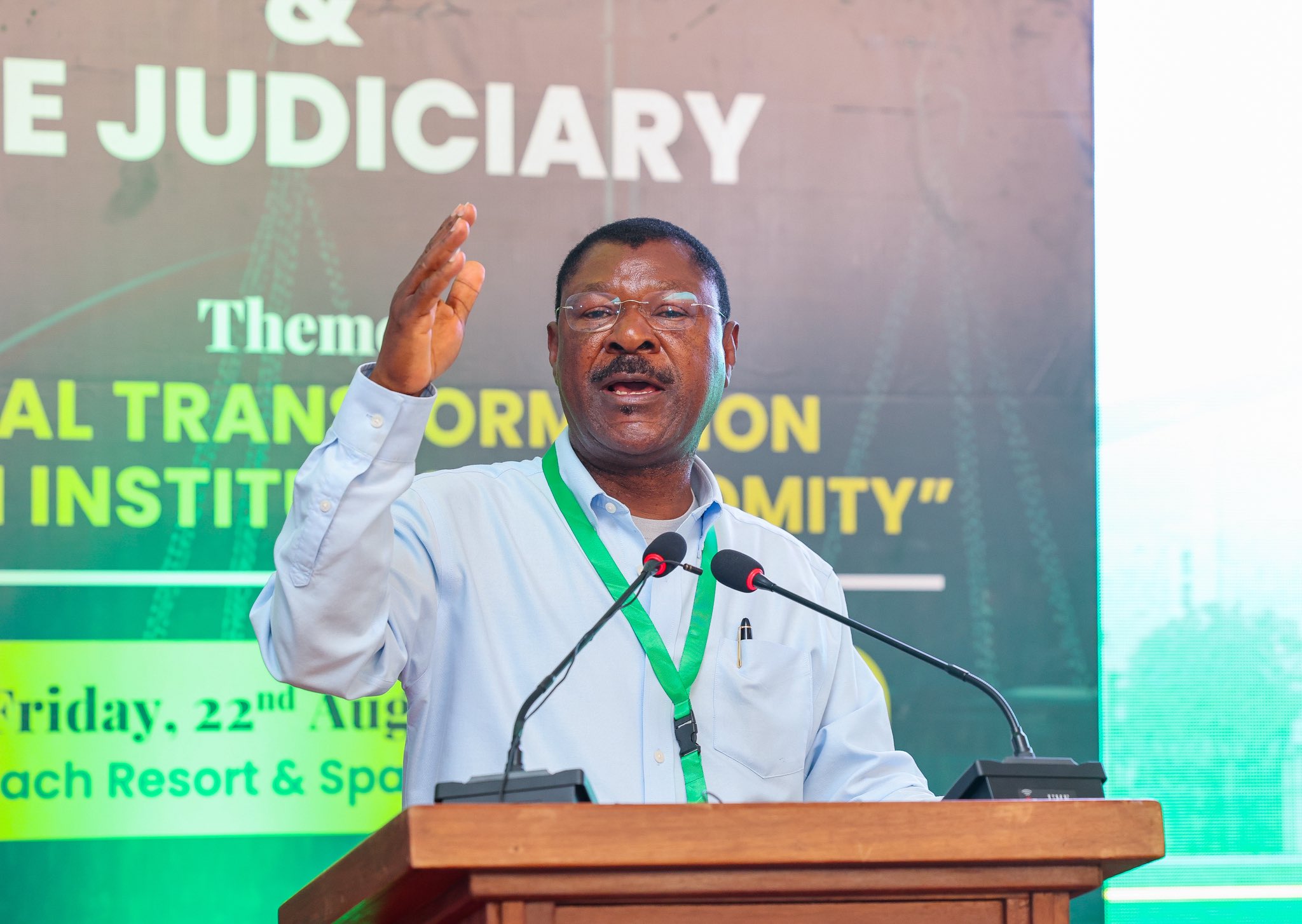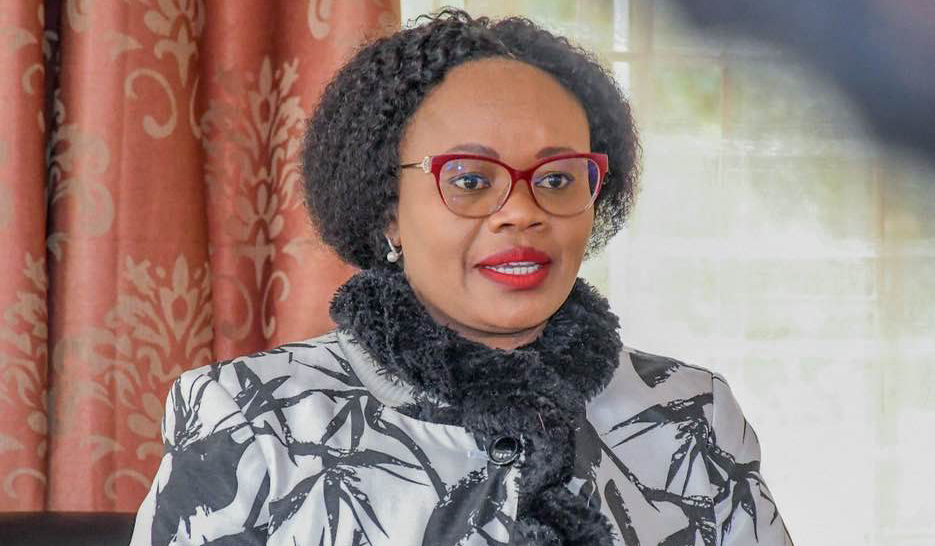UNAIDS warns HIV crisis could claim 4 million lives by 2029 without urgent global funding
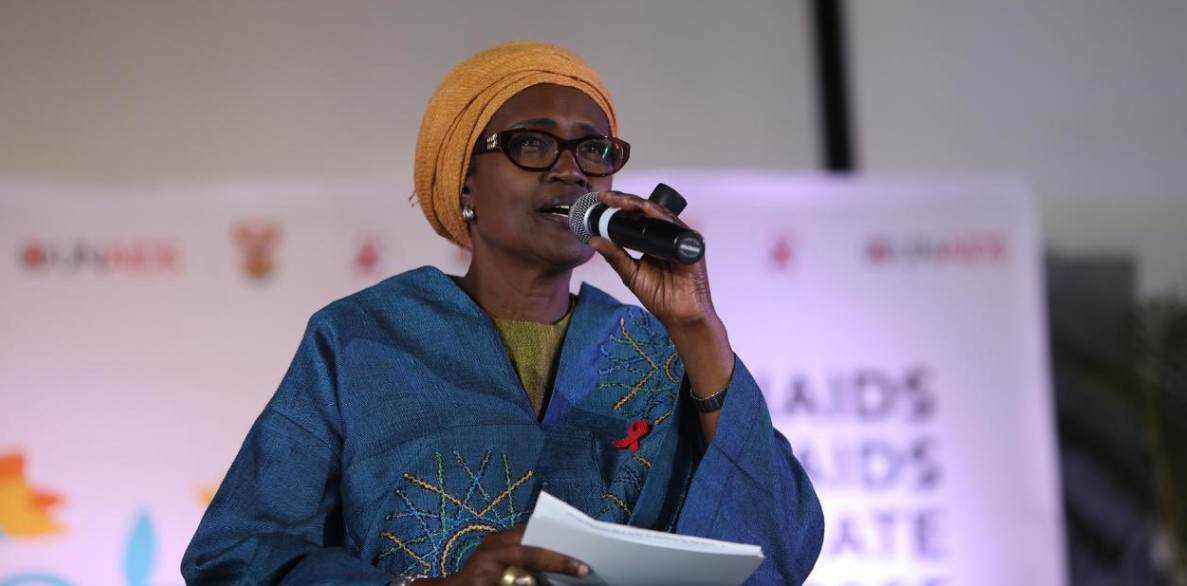
Reported data for 2024 shows that 9.2 million people living with HIV were still not accessing life-saving treatment services last year.
More than six million people could contract HIV, and an additional four million could die from AIDS-related causes by 2029 if the ongoing global funding crisis is not urgently addressed, the Joint United Nations Programme on HIV/AIDS (UNAIDS) has warned.
In its 2025 Global AIDS Update released on Thursday, titled “AIDS, Crisis and the Power to Transform,” UNAIDS raised the alarm over the collapse of HIV services in many low- and middle-income countries due to sharp reductions in international donor funding. These cuts, the agency said, risk reversing decades of progress in the global fight against HIV.
More To Read
- HIV prevention injection offers hope, but at a cost too high for many Kenyans
- WHO approves injectable lenacapavir in major shift on HIV prevention
- FDA approves groundbreaking twice-yearly HIV prevention shot
- Johnson & Johnson unit ordered to pay $1.64 billion in HIV drug marketing case
- KEMSA releases ARVs targeting one million HIV patients after concerns over US aid cuts
- Kenya's HIV milestone: Transition to DTG and strides in treatment
The report highlights major disruptions already unfolding in countries such as Mozambique and Nigeria.
In Mozambique, more than 30,000 health workers have been impacted by budget shortfalls, while in Nigeria, the number of people starting pre-exposure prophylaxis (PrEP) each month has plummeted from 40,000 to just 6,000.
"This is not just a funding gap; it's a ticking time bomb," said UNAIDS Executive Director Winnie Byanyima.
"We have seen services vanish overnight. Health workers have been sent home, and people, especially children and key populations, are being pushed out of care."
The report also highlighted severe disruption of community-led HIV services, which are vital to reaching marginalised communities.
The findings state that over 60 per cent of women-led HIV organisations surveyed in early 2025 reported losing funding or shutting down completely.
PEPFAR, the US President's Emergency Plan for AIDS Relief, enabled 2.5 million people to access PrEP in 2024 and reached 2.3 million adolescent girls and young women. Many of those services have since been suspended.
No life-saving treatment
Reported data for 2024 shows that 9.2 million people living with HIV were still not accessing life-saving treatment services last year.
Among those were 620,000 children aged 0—14 years living with HIV but not on treatment, which contributed to 75,000 AIDS-related deaths among children in 2024.
In the same period, 630,000 people died from AIDS-related causes, 61 per cent of them in sub-Saharan Africa. Over 210,000 adolescent girls and young women aged 15-24 acquired HIV in 2024, an average of 570 new infections every day.
UNAIDS also highlighted growing concern over punitive laws targeting same-sex relationships, gender identity, and drug use in countries such as Uganda, Mali, and Trinidad and Tobago, which are further driving vulnerable populations away from life-saving care.
Despite the crisis, some countries are stepping up. South Africa, which now funds 77 per cent of its HIV response, has committed to sustained increases in domestic health spending.
Meanwhile, seven countries, including Botswana, Eswatini, Lesotho, Namibia, Rwanda, Zambia and Zimbabwe, have achieved the global 95-95-95 targets for diagnosis, treatment and viral suppression of HIV.
"There is still time to transform this crisis into an opportunity. Countries are stepping up with domestic funding. Communities are showing what works. We now need global solidarity to match their courage and resilience," said Byanyima.
"In a time of crisis, the world must choose transformation over retreat. Together, we can still end AIDS as a public health threat by 2030, if we act with urgency, unity, and unwavering commitment."
Top Stories Today



